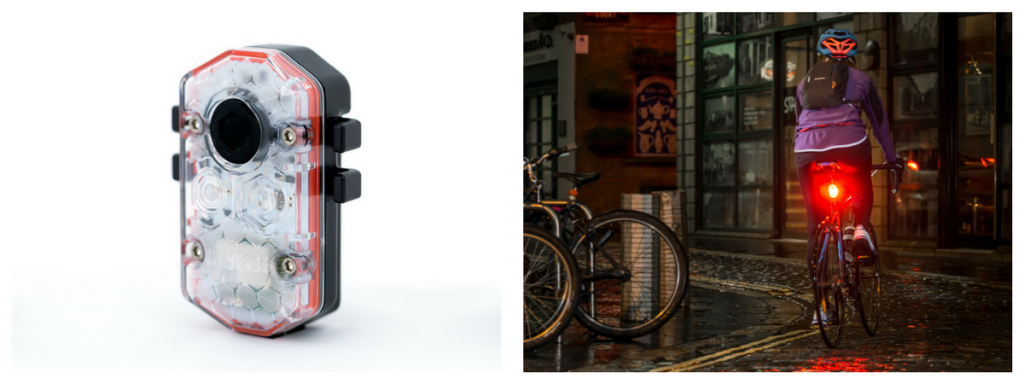Cycling is one of the most sustainable forms of transport, positively impacting on emission levels, congestion, and health. In recent years there has been a major, and welcome, increase in cycling across the Dublin region. But with this positive development comes increased pressure on local authorities to ensure sufficient cycling infrastructure is in place.
Smart Bike Lights – Support Safer Cycling Infrastructure
Project Objectives
Dublin City Council needed to understand the current cycling experience and road conditions in order to build better infrastructure to facilitate safer cycling routes. The project sought a data-driven evidence based approach to planning these new cycle infrastructure builds. SynchroniCity was a wider EU initiative that helped connect cities and high-tech EU-based vendors to meet specific city challenges, as well as helping to increase visibility and collaboration between these participants.
Through the SynchroniCity initiative, the project falling under the “Encouraging Active (non-motorised) Travel” theme, was launched to meet the cycle infrastructure goals of Dublin City Council.
Project Activities

In Dublin, 200 cyclists received a See.Sense ACE bicycle light, a part of a further 600 cyclists also participating in Antwerp and Manchester. The See.Sense bike light identifies over 800 sensor recordings per second, which then uses narrow artificial intelligence to perform 32 million operations based on these readings. This in turn determines the level/type of light flashes and specific data collection happening at any single moment. The bike light for example, flashes in a more intense manner when traveling across road junctions and uneven surfaces providing cyclists with increased safety and visibility while on the road.
Through the See.Sense app, participants were also able to provide qualitative feedback via in-app surveys as well as providing profile information, enabling a greater level of insight into the similarities and differences between different groups of cyclists. The near-real-time data collection on journeys, speed, dwell time, road surface quality, collisions, near-miss events and other self-reported events, is processed and transmitted via Bluetooth to your smartphone and is then sent through your mobile phone internet to the See.Sense Cloud Analytics Platform.
Smart Docklands further facilitated access to existing open datasets into the BT IoT Hub in order to see more data-overlays and cross-overs between the datasets.
Project Outcomes
Traditionally the Council is reliant on physical observation, self-reporting, and anecdotal responses from members of the public to get feedback on existing cycling infrastructure and proposed improvements. The aggregated and anonymised data from the See.Sense platform was subsequently shared with the Council, supporting planners and engineers to make data-driven decisions when upgrading and expanding city cycle infrastructure.
As quoted by Christopher Manzira, Senior Transportation Officer Dublin City Council:
“The rich data gathered from this approach will generate unique insights into the experience of cycling in our city that will help to inform our strategies for overall mobility, how we promote active travel, plan, engage with citizens and how we evaluate the impact of new cycling infrastructure investment.”
The project results showed which road surfaces were particularly challenging for cyclists, such as Clanwilliam Terrace. Other key insights include the marked difference between male and female cyclists in terms of swerving and heavy breaking patterns.
The information gathered from the project was used to inform the development of Dublin City’s most recent cycle infrastructure improvements. There are also current discussions with the National Transport Authority, on leveraging the solution for further cycle infrastructure data-driven evidence based planning in the region.
Find out more here:
https://seesense.cc/blogs/planners/synchronicity-round-up-dublinhttps://seesense.cc/blogs/hub/synchronicity
https://synchronicity-iot.eu/project/see-sense-smart-cycling/
https://cyclingindustry.news/see-sense-vodafone-in-world-first-monitoring-of-near-misses-and-cycle-use-in-dublin/
https://cities-today.com/three-cities-to-establish-new-cycling-data-standards/
